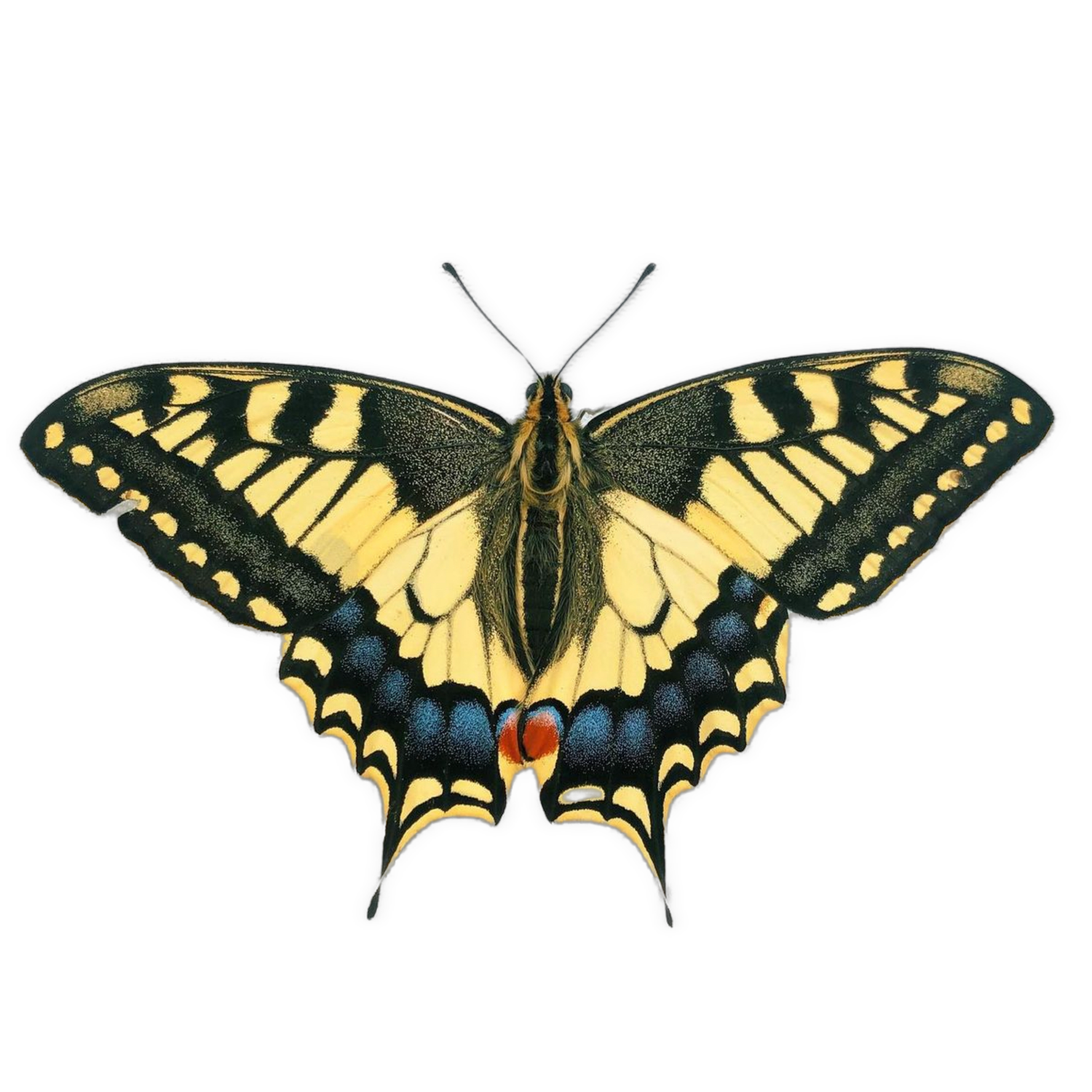Hatching eggs & rearing caterpillars
This is a very broad care guide, please note that there are nuances with most species that are often only found through experience.
Upon receiving your eggs or caterpillars, or if you have bred them yourself, they will need to be placed into a suitable environment. Very simply, a plastic tupperware container or ‘takeaway tub’ with some tissue paper at the bottom is sufficient for most species.
You will also need supply of host plants, each species of butterfly or moth has its own. In some instances the caterpillars may accept many hosts, but others will only feed on a single kind of plant. It is best to find some hosts growing locally so that you can access these as required for feeding, but you can also buy plants online to use or grow on for future breeding seasons.
I do not recommend adding any water or heat to your eggs at this stage. Adding water is likely to drown the developing caterpillar before it manages to hatch - a very common mistake. However, once caterpillars do hatch, a very fine misting of water on the inside lid of the container can be an excellent way for young larvae to get hydrated before they begin feeding. Once they start eating leaves, they should be getting enough moisture from their diet.
You can continue rearing larvae in plastic containers, providing them with bigger ones as they grow, although many people choose to rear larvae in net cages, such as these (I recommend this brand highly and use the cages for my own rearing). It varies with the species, but net rearing tends to be better in terms of air flow as it prevents mould growth and reduces potential spread of disease between larvae. Using your own judgment here should keep you safe.
To keep your plants fresh, it is a good idea to stand some host plant stems in water. Some plants and trees last surprisingly long, like Liquidambar lasting 2-3 weeks if kept watered. If there are holes between the stems where larvae may fall into the water, you can fill these with cotton wool, tissue paper, or similar.
Tip: In the instance that it seems one of your caterpillars has drowned, do not immediately assume the worst: Place the caterpillar on a few sheets of tissue paper, e.g. kitchen roll, which will absorb water, drawing it out from the caterpillar. With any luck (and if the caterpillar had not been submerged for too long), you may find that your caterpillar has come ‘back to life’ in 6-12 hours. It will probably still take another day or so to recover fully and start feeding.
For example, if I were rearing Peacocks (Aglais io), I would keep the young larvae in plastic boxes as they do not lose moisture, moving them to a net cage when they reach around 1cm. By this size they do not need any extra moisture and do best with good ventillation, particularly around time for pupation. On the other hand, If I were rearing luna moths, I would hatch the eggs in a plastic box, moving the larvae to a larger container with fresh host leaves. From L2 or 3, I would then keep the larvae in net cages with host plant stems stood in a bottle of water. Finally, if I were rearing atlas larvae, for example, I would keep them in plastic containers (suited to their size) throughout their development, as they require high humidity and likely benefit from a more stable temperature.
The way you treat your larvae at pupation depends on what species you are rearing. It is important to know whether your caterpillars will burrow, spin a cocoon, or suspend themselves prior to pupating.
If your species burrows, I suggest providing a large container either with sterile compost at a depth of 10cm, or with tissue or sawdust or similar. Personally, I use tissue and newspaper for most burrowing species as it is simple, and I can spray with water as required, but you may find a better substrate for your own situation. After about two weeks, you can carefully dig up the pupae and incubate/store as required.
Should the larvae spin cocoons or suspend themselves to pupate, you do not really need to do anything other than ensure their food is fresh
Citrus Swallowtail larvae reared in a plastic container
Tiger swallowtail caterpillar at one day old


